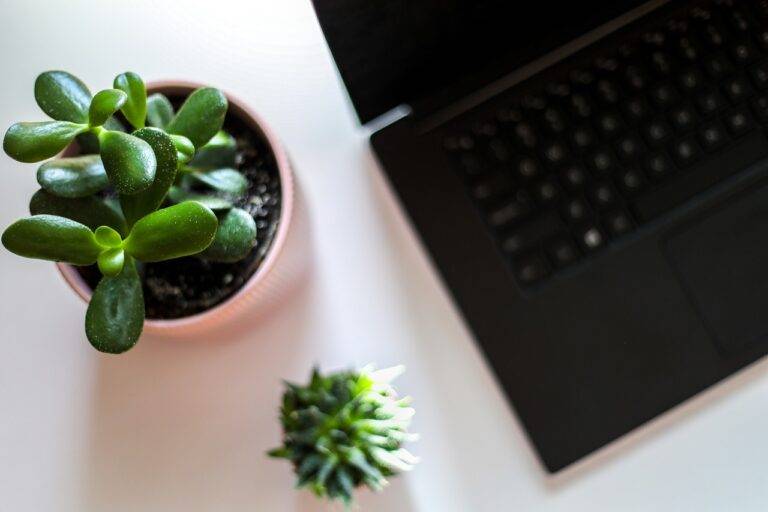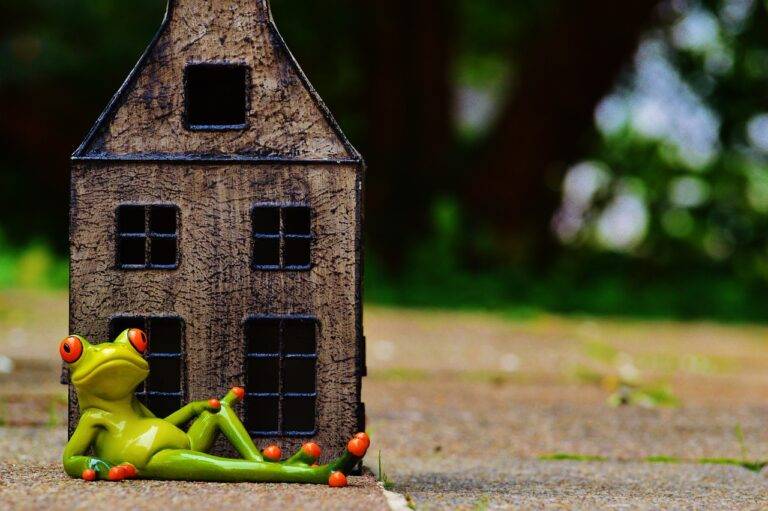Creating a Sustainable Mudroom
Sustainability plays a vital role in modern home design, shaping the way we think about our living spaces and their impact on the environment. By choosing sustainable materials and practices, homeowners can reduce their carbon footprint and contribute to a healthier planet. From energy-efficient appliances to eco-friendly building materials, the choices we make in home design can have a lasting effect on our surroundings.
Incorporating sustainability into home design is not just a trend but a responsible choice that can benefit both the environment and our well-being. By opting for green building practices, such as utilizing natural light and ventilation, homeowners can create spaces that are not only aesthetically pleasing but also promote a sense of harmony with nature. Sustainable design is a step towards a more eco-conscious future, where every decision we make in building and decorating our homes reflects our commitment to preserving the planet for future generations.
Choosing Eco-Friendly Materials for Your Mudroom
For homeowners looking to incorporate eco-friendly practices into their home design, choosing sustainable materials for the mudroom can be a great starting point. Bamboo flooring is a popular option due to its rapid growth rate and renewability, making it a sustainable choice for your mudroom floor. Additionally, reclaimed wood for shelves or benches adds a rustic and unique touch to the space while also reducing the demand for new timber.
Opting for natural stone or porcelain tiles made from recycled materials is another eco-friendly choice for your mudroom. These materials not only add durability to high-traffic areas but also contribute to reducing waste in landfills by repurposing existing materials. By selecting sustainable materials for your mudroom, you can create a stylish and environmentally conscious space that showcases your commitment to eco-friendly living.
What are some eco-friendly materials that can be used in a mudroom?
Some eco-friendly materials that can be used in a mudroom include bamboo flooring, reclaimed wood shelves, low VOC paint, and natural stone tiles.
Why is sustainability important in home design?
Sustainability is important in home design because it helps reduce our impact on the environment, promotes energy efficiency, and creates a healthier living space for occupants.
How can I incorporate eco-friendly materials into my mudroom design?
You can incorporate eco-friendly materials into your mudroom design by choosing sustainable materials like bamboo, cork, or recycled glass for flooring, countertops, and shelving. Additionally, you can use low VOC paint and energy-efficient lighting fixtures.
Are eco-friendly materials more expensive than traditional materials?
Eco-friendly materials can sometimes be more expensive than traditional materials upfront, but they often pay off in the long run through energy savings and increased durability.
Can using eco-friendly materials in my mudroom help increase the value of my home?
Yes, using eco-friendly materials in your mudroom can help increase the value of your home as more buyers are looking for sustainable features in homes. Eco-friendly materials can also improve the overall aesthetic and appeal of your mudroom.





